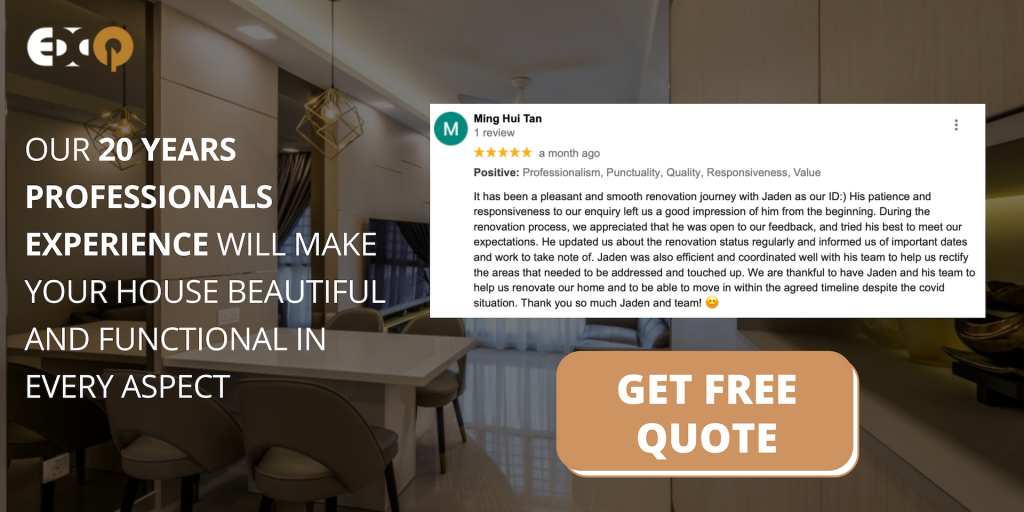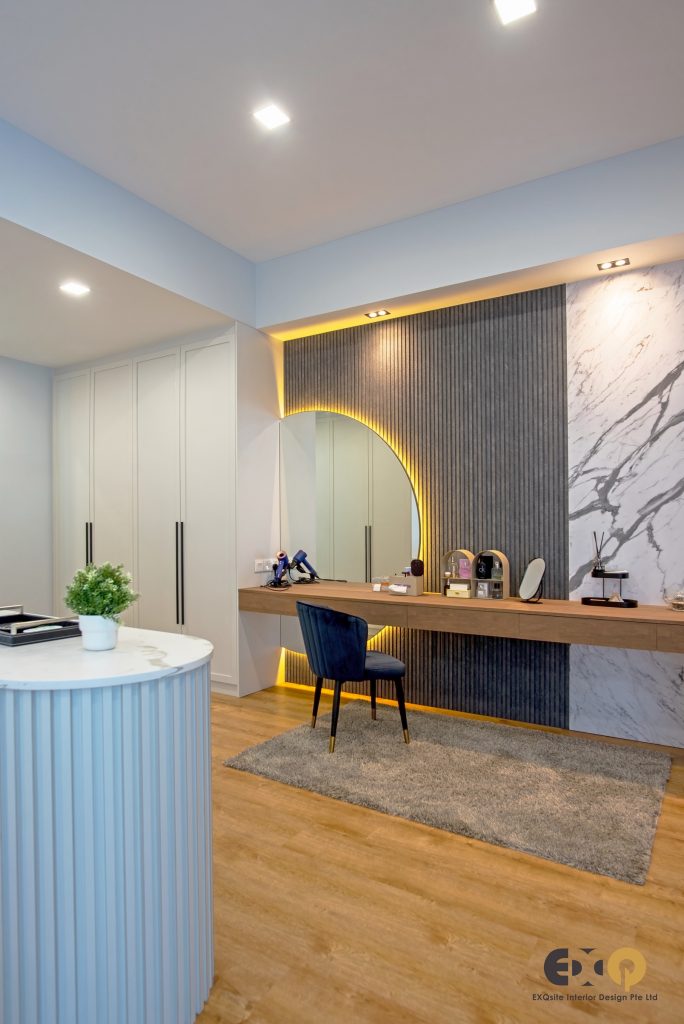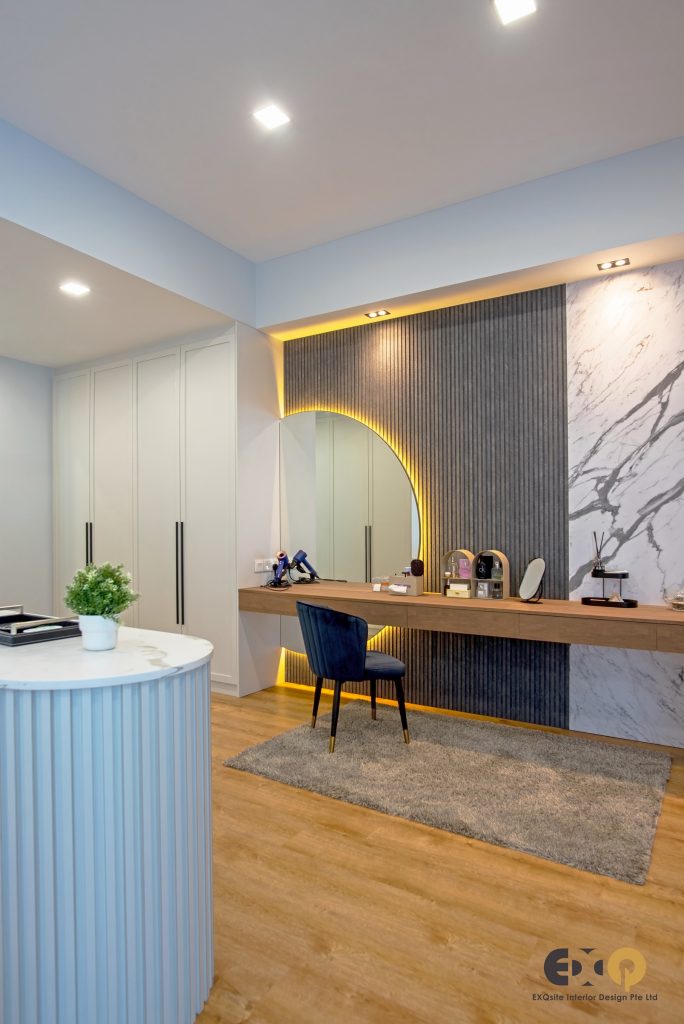Eclectic interior design is a style that embraces the unexpected, mixing and matching various styles, colors, and textures in a unique and personalized way. This style allows for the combination of different elements, from vintage and antique pieces to modern and contemporary accents, to create a visually exciting space.
One of the key benefits of eclectic interior design is the ability to create a space that reflects your personality and style. It allows you to showcase your individuality and mix different elements that may not traditionally be paired together, resulting in a unique and personal design.
We will explore 8 ways to incorporate plants into your eclectic interior design, including the best plants for interior design, designing with plants, and using fake decorative plants for the living room. With these tips and ideas, you can create a beautiful and unique space that reflects your personality and style while also enjoying the benefits of incorporating plants into your home.

8 ways to incorporate plants into your eclectic interior design
Eclectic interior design is all about mixing and matching different styles, textures, and colors to create a unique and personalized space. One great way to add interest and a natural touch to an eclectic home is by incorporating plants.
Plants not only add a pop of color and texture to a space but they also have numerous benefits such as improving air quality and reducing stress levels. In this article, we’ll explore eight ways to incorporate plants in eclectic interior design.
1) Adding Greenery to Wall Space
Hanging plants and wall-mounted planters are a great way to bring plants into a room without taking up floor space. Hanging plants like spider plants, ferns, and pothos are some of the best plants for interior design as they are easy to care for and can add a natural touch to any space.
Wall-mounted planters are also a great way to add interest and texture to a wall while incorporating plants. You can also mix and match different types of plants to create a dynamic display on a wall.
2) Creating an Indoor Garden
Designing a dedicated space for plants is a great way to incorporate them into your eclectic home. Sunrooms or indoor garden rooms are perfect for creating a lush and vibrant plant oasis. You can use natural elements like stone or wood to complement plants and create a serene atmosphere. Some of the best plants for indoor gardens include succulents, air plants, and tropical plants like birds of paradise.
3) Grouping Plants Together
Grouping plants together is a great way to create a lush and layered look in a room. You can arrange plants in clusters of different heights, shapes, and colors to add interest and texture to a space.
Grouping plants together also makes it easier to care for them as they can share the same watering and lighting requirements. Some of the best plants for grouping include snake plants, ZZ plants, and rubber plants.
4) Bringing Plants into Unexpected Spaces
Incorporating plants into unexpected spaces like kitchens and bathrooms can add a natural touch and improve air quality in these functional spaces. You can use hanging plants or wall-mounted planters to bring plants into these areas without taking up counter or floor space.
Fake decorative plants for the living room are also a great option if you want to add greenery without worrying about maintenance. Some of the best plants for the kitchen and bathroom include herbs like basil and mint and low-light plants like philodendrons and peace lilies.
5) Mixing and Matching Plants with Art and Decor
Pairing plants with artwork or sculptures is a great way to create a dynamic display and add interest to a room. You can also mix and match plants with textiles and decor elements like pillows, throws, and rugs to create a cohesive look. The key is to choose plants that complement the colors and textures of the room. Some of the best plants for mixing and matching include fiddle leaf figs, monstera deliciosa, and dracaena.
6) Using Plants to Add Color and Texture
Choosing plants with bold colors or unique textures is a great way to add visual interest to a room. Some of the best plants for adding color and texture include calathea, prayer plants, and begonias. You can also mix and match plants with different textures like ferns, succulents, and cacti, to add depth and dimension to a space.

7) Incorporating Natural Elements
Using natural materials like wood or stone to complement plants is a great way to create a cohesive and serene atmosphere. You can also bring in natural elements like water features or rocks to add a peaceful and calming touch to a room. Some of the best plants for incorporating natural elements include bonsai trees, bamboo, and peace lilies.
8) Creating a Low-Maintenance Plant Space
If you’re new to designing with plants or don’t have much time to devote to plant care, choosing low-maintenance plants is key. Some of the best low-maintenance plants for interior design include the spider plant, pothos, and Chinese evergreen. Additionally, using self-watering planters or incorporating a watering schedule can simplify plant care and ensure your plants thrive without requiring too much attention.
Benefits of Incorporating Plants in Eclectic Interior Design
- Improves air quality and health by reducing toxins and producing oxygen
- Increases feelings of well-being and reduces stress and anxiety
- Adds natural beauty and texture to a space
- Can help create a sense of calm and relaxation in a room
- Improves acoustics and reduces noise in a space
- Can act as a focal point or statement piece in a room
- Adds a touch of nature and can help bring the outdoors inside
- Can be a cost-effective way to decorate and add visual interest to a space
Incorporating plants in eclectic interior design provides numerous benefits, including improved air quality, increased feelings of well-being, and the addition of natural beauty and texture to a space. Some final tips for creating a stylish green home include grouping plants together, bringing plants into unexpected spaces, and mixing them with art and decor. Popular indoor plants for eclectic homes include Snake, Pothos, Peace Lily, Spider, Rubberadding, Monstera deliciosa, Fiddle leaf fig, and ZZ plant.

Discover the power of interior design with Exqsite professional service
20 years of professional experience.
In Exqsite, our team of 20 years of professional experience will make your house beautiful and functional in every aspect, with an eye on detail and perfection. We guarantee you will be satisfied! Here are things that you will get from us:
- We provide high-quality workmanship at reasonable prices
- We put our clients first by serving them friendly customer service
- Employees with over 20 years of experience
Make your renovation situation easier with us. Click here or visit our showroom at 8 Boon Lay Way Tradehub21 #01-18 Singapore, Singapore 609964 for the solution to your renovation problems.

